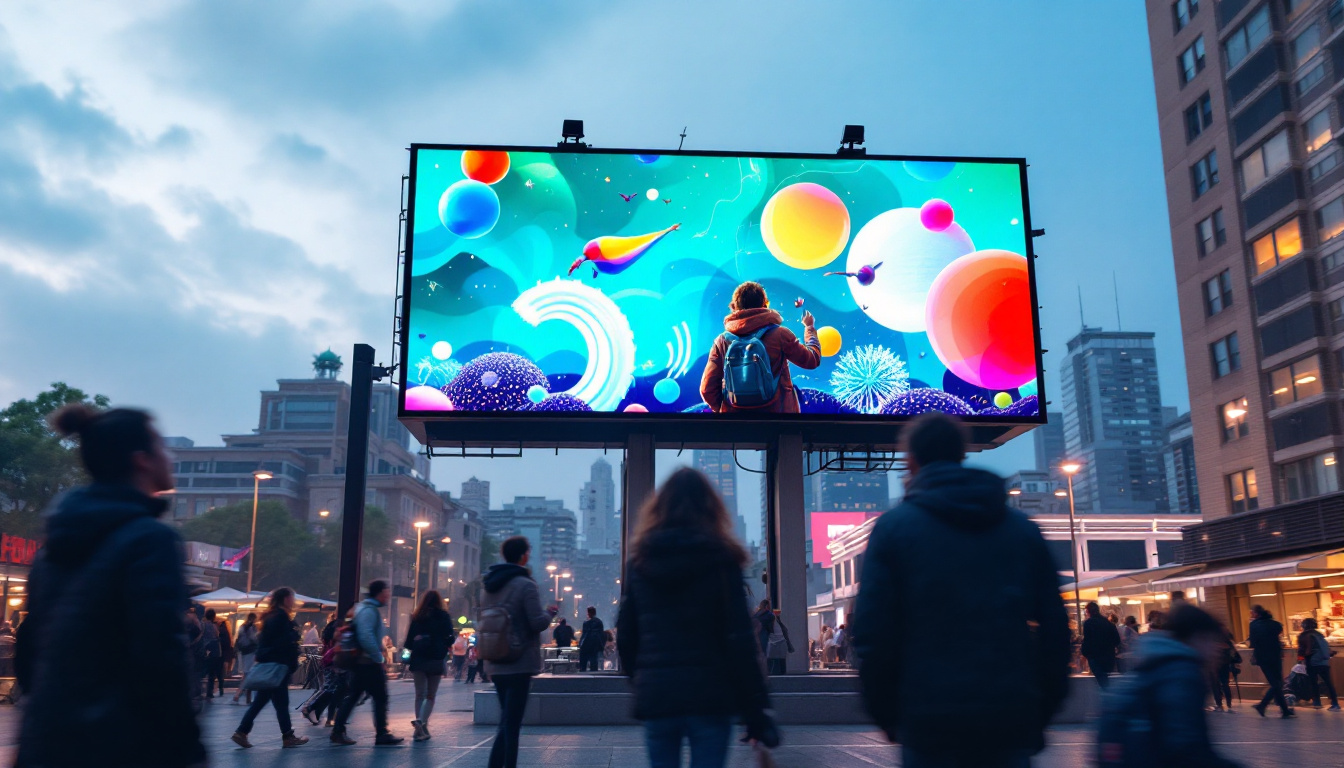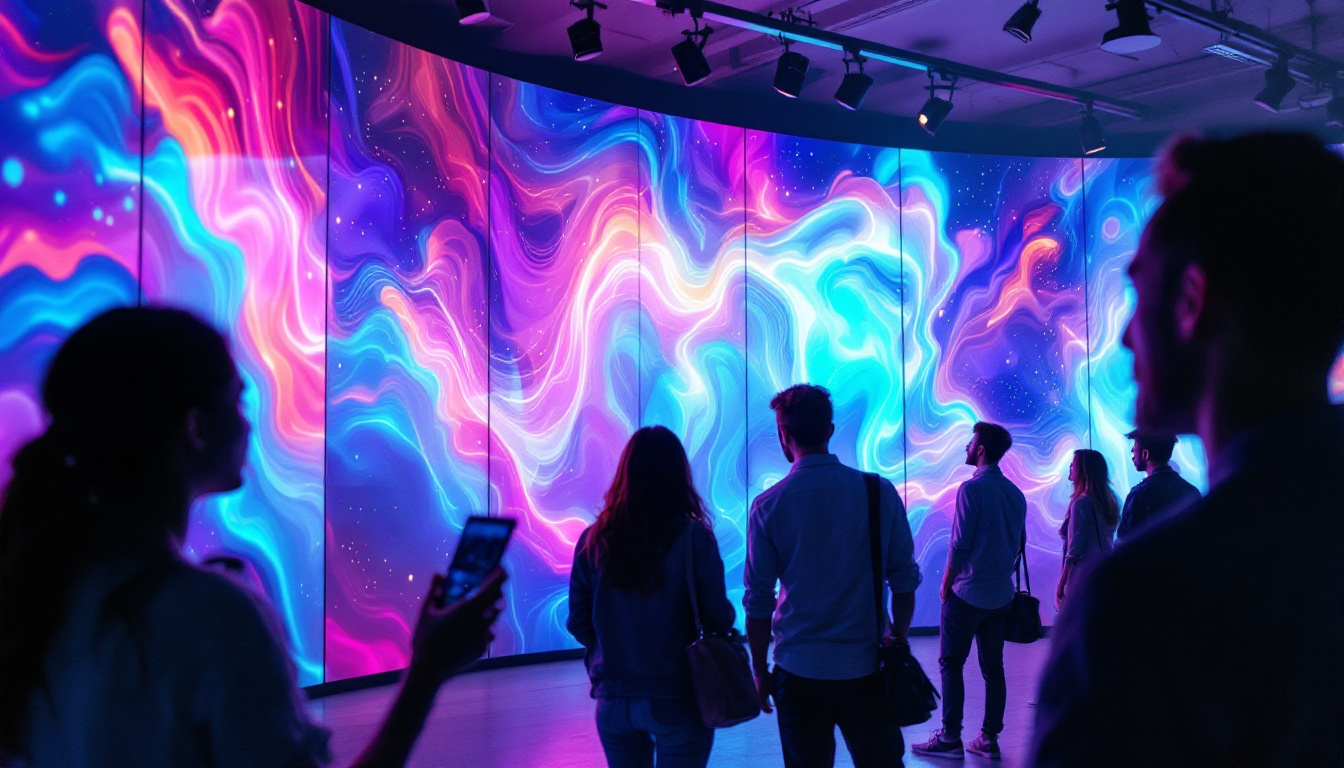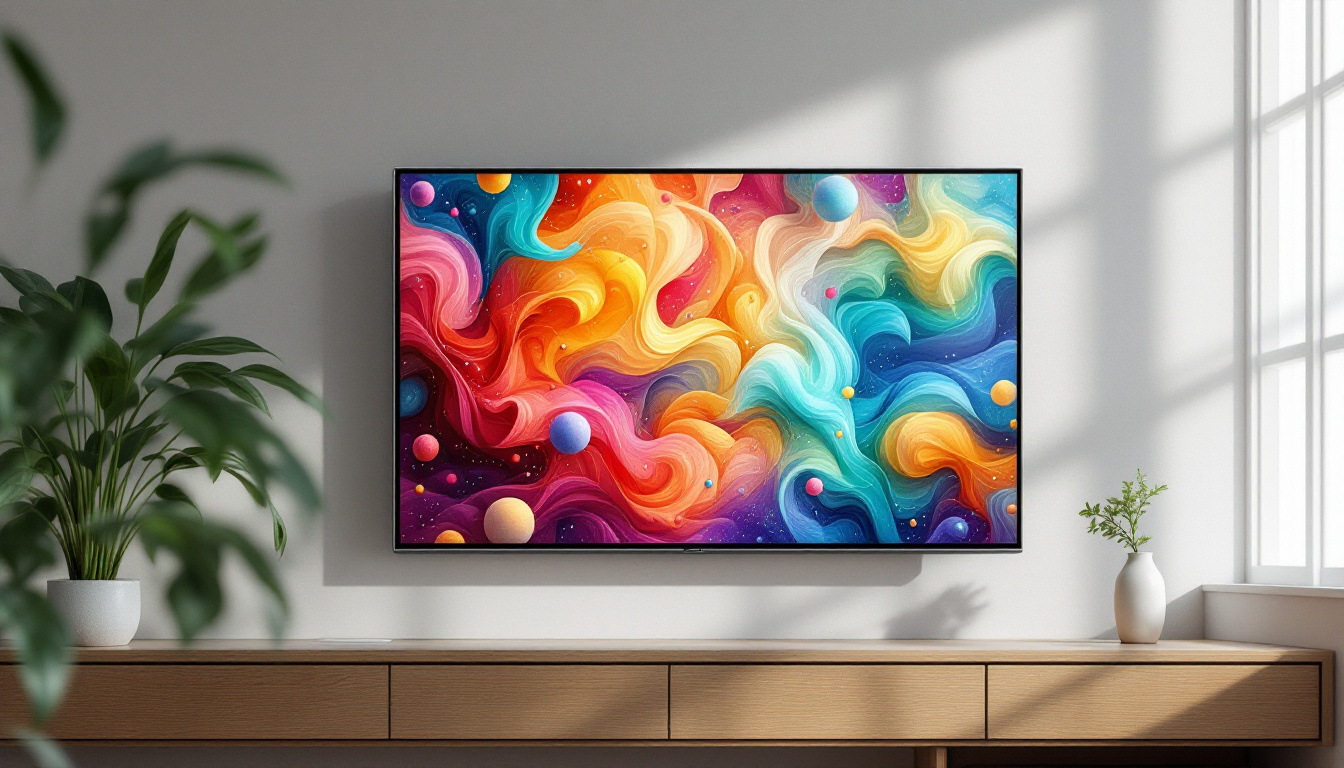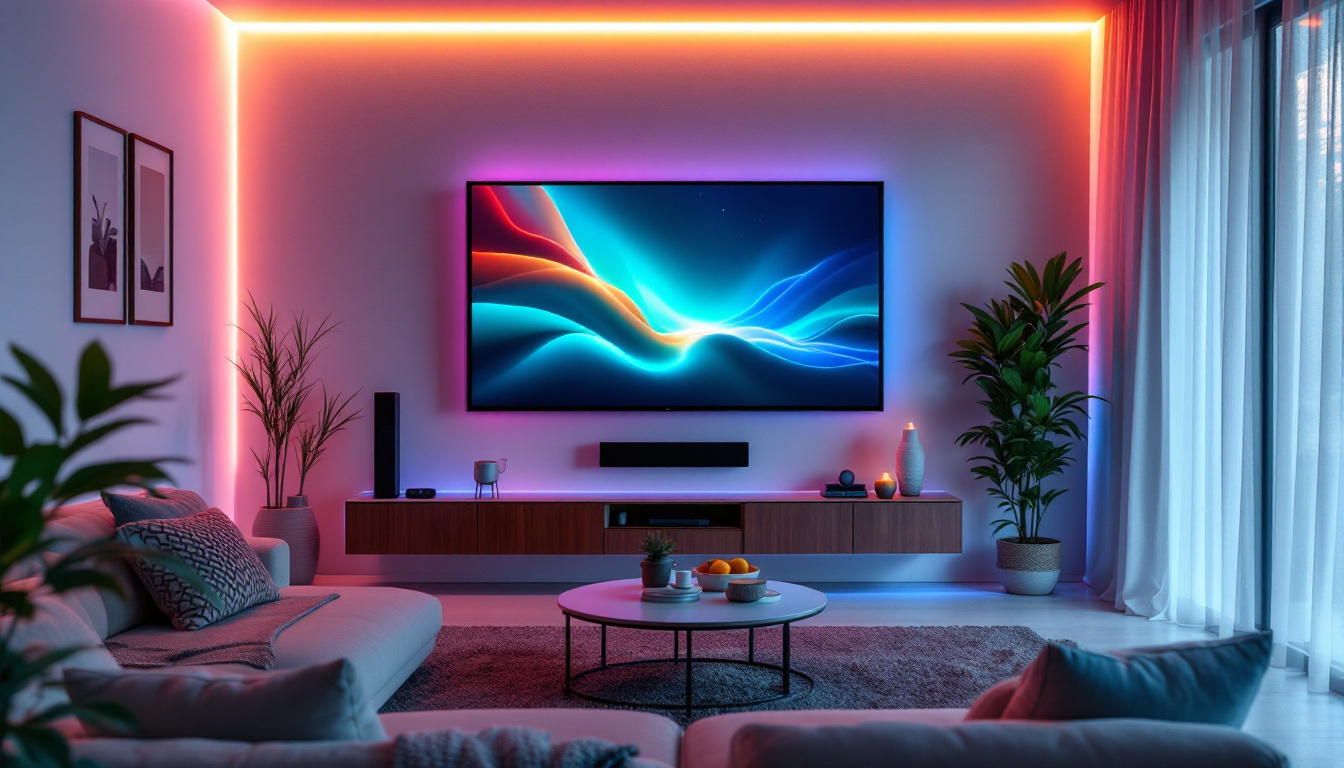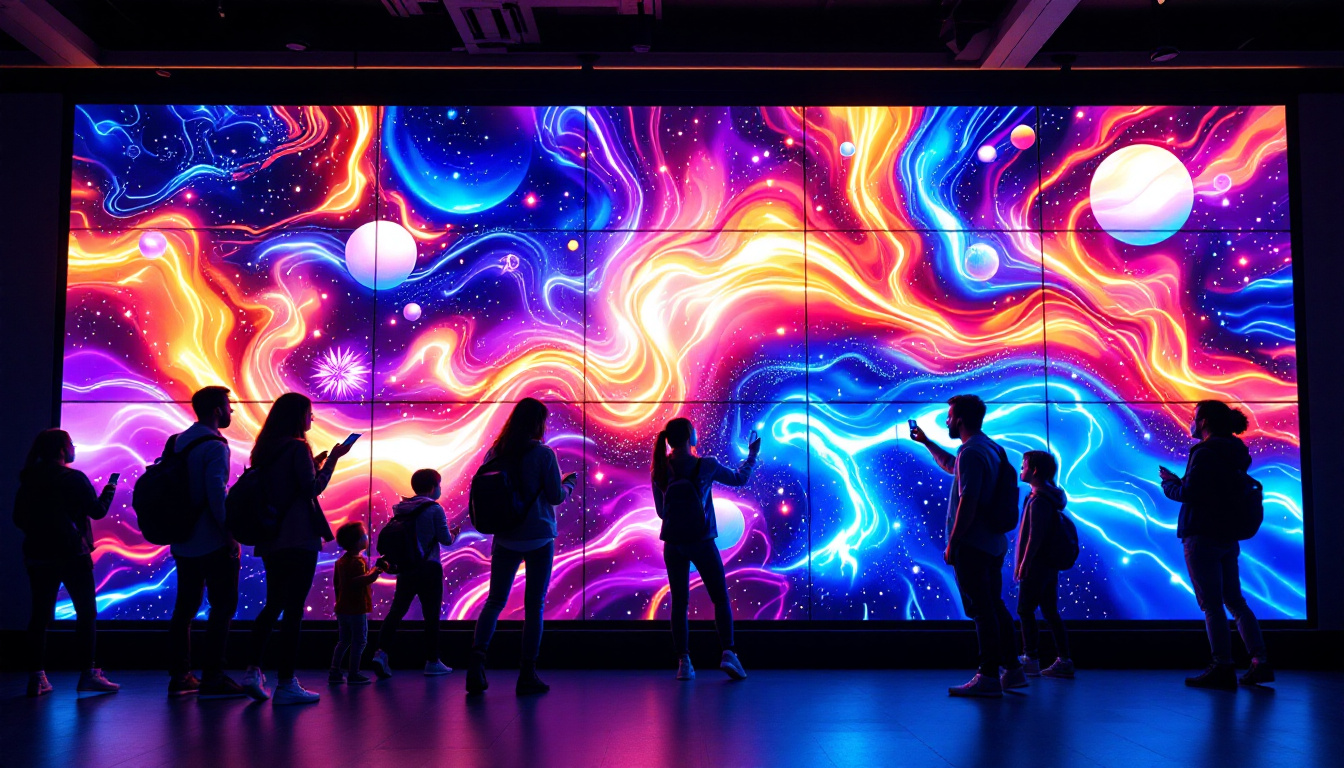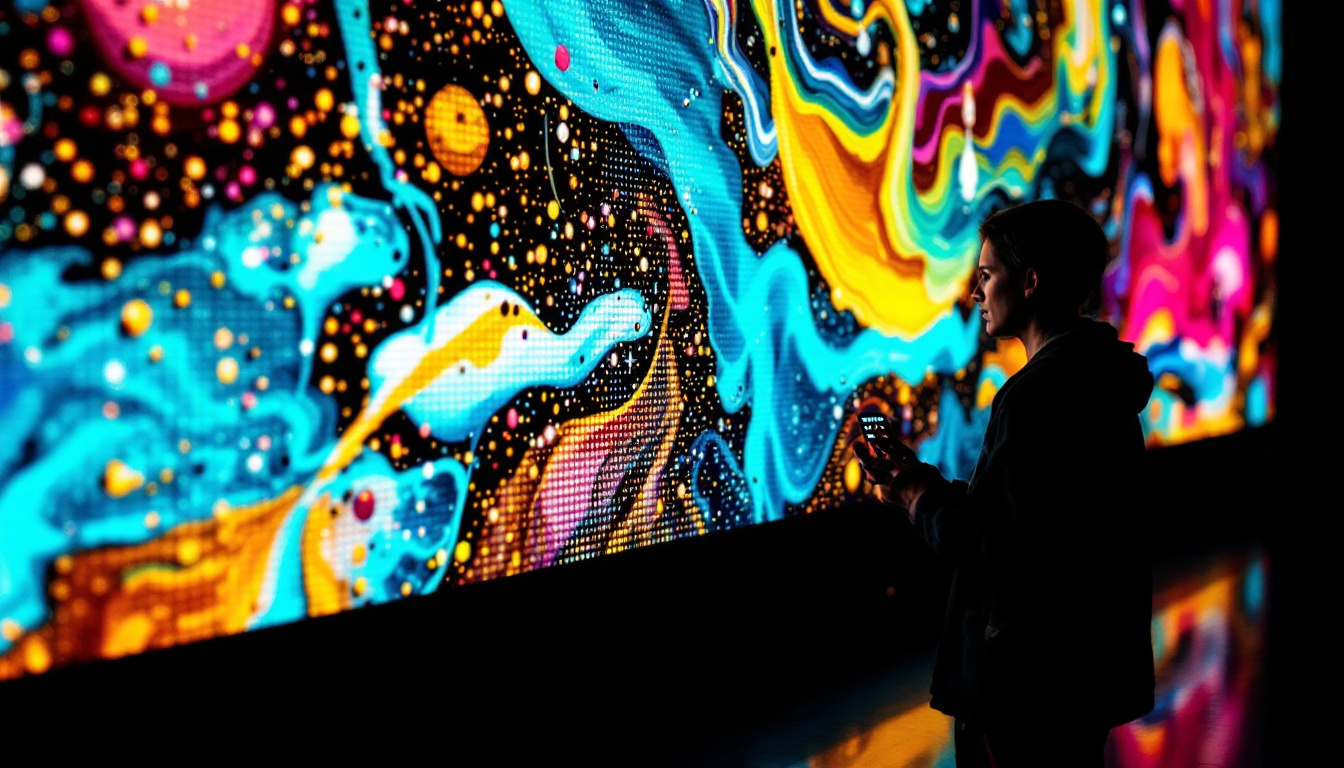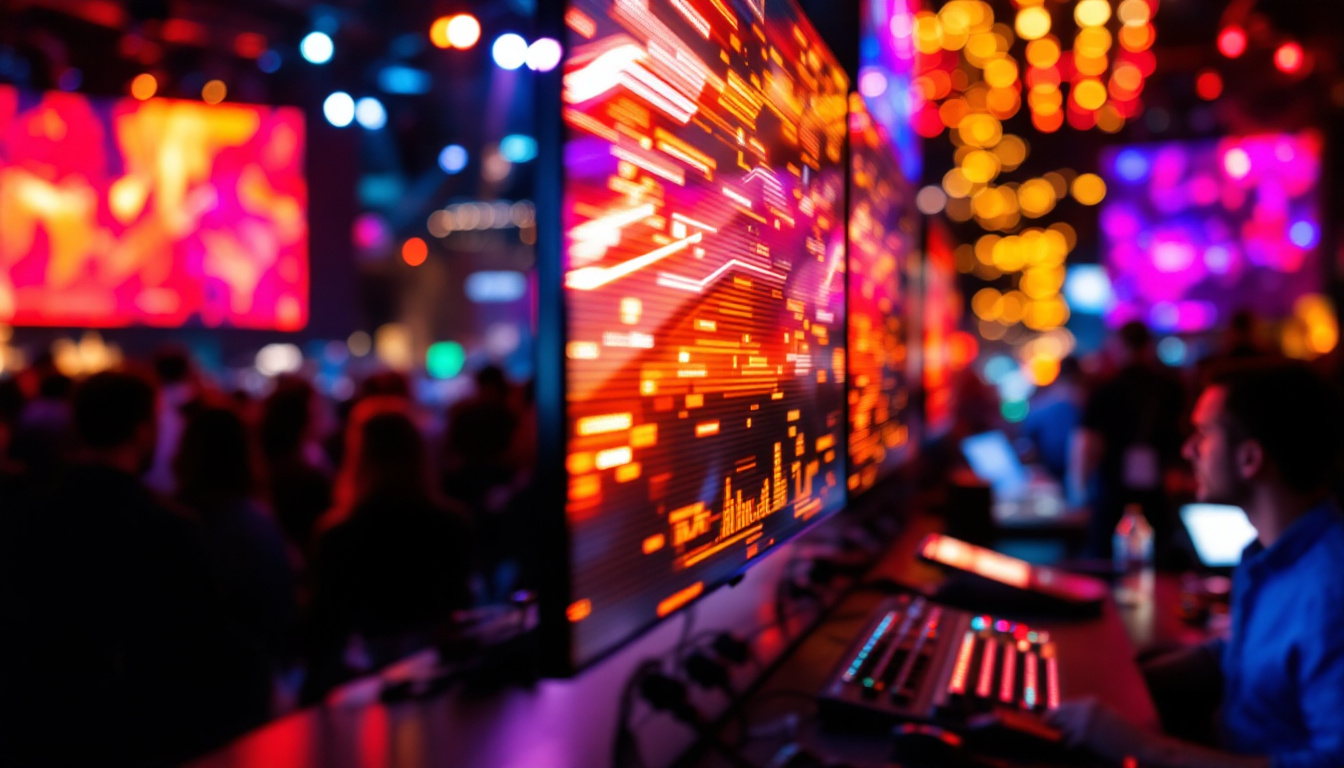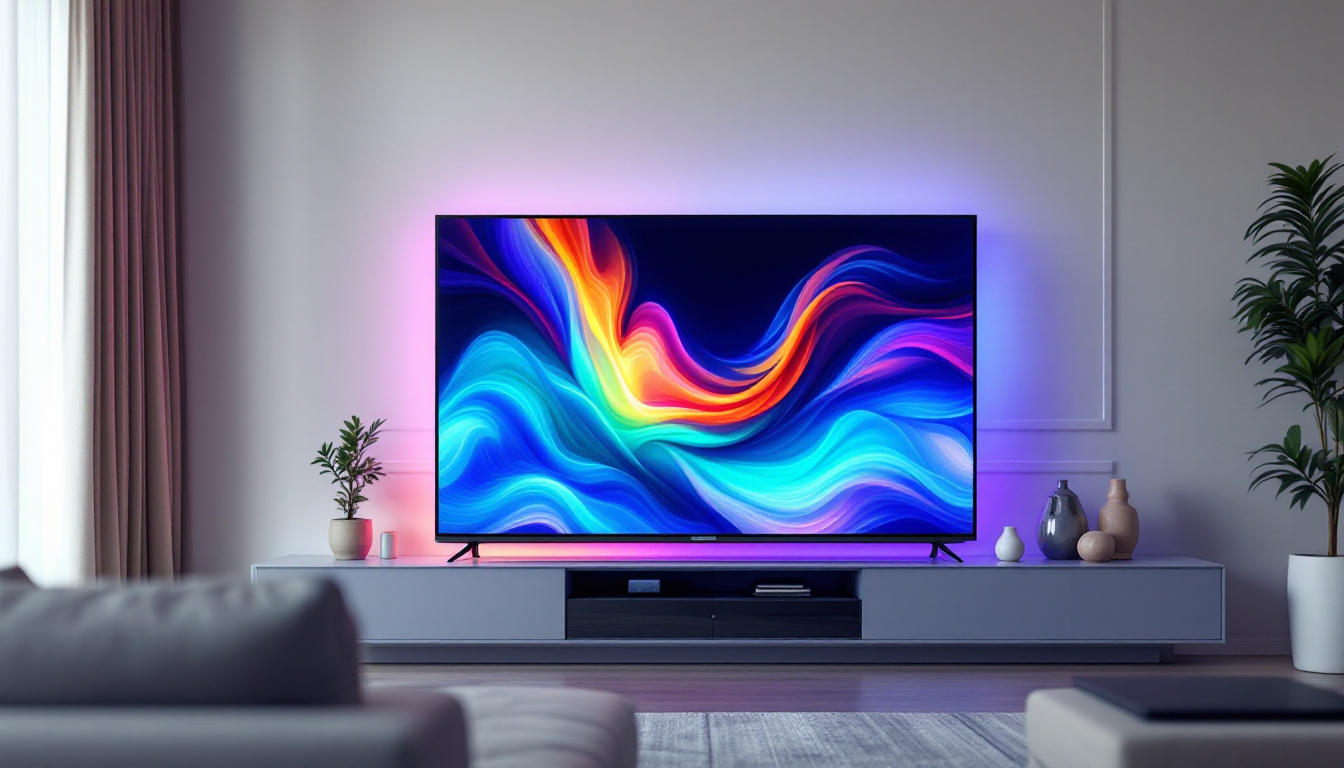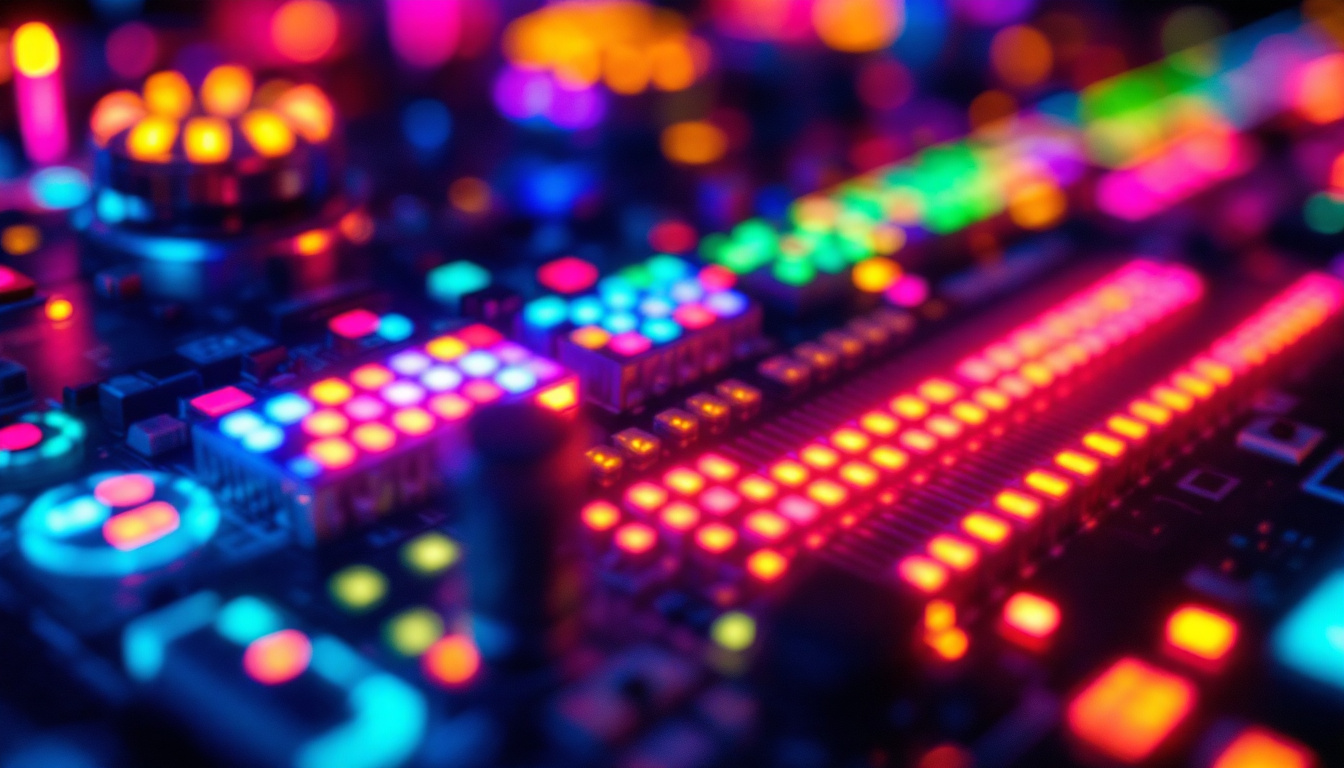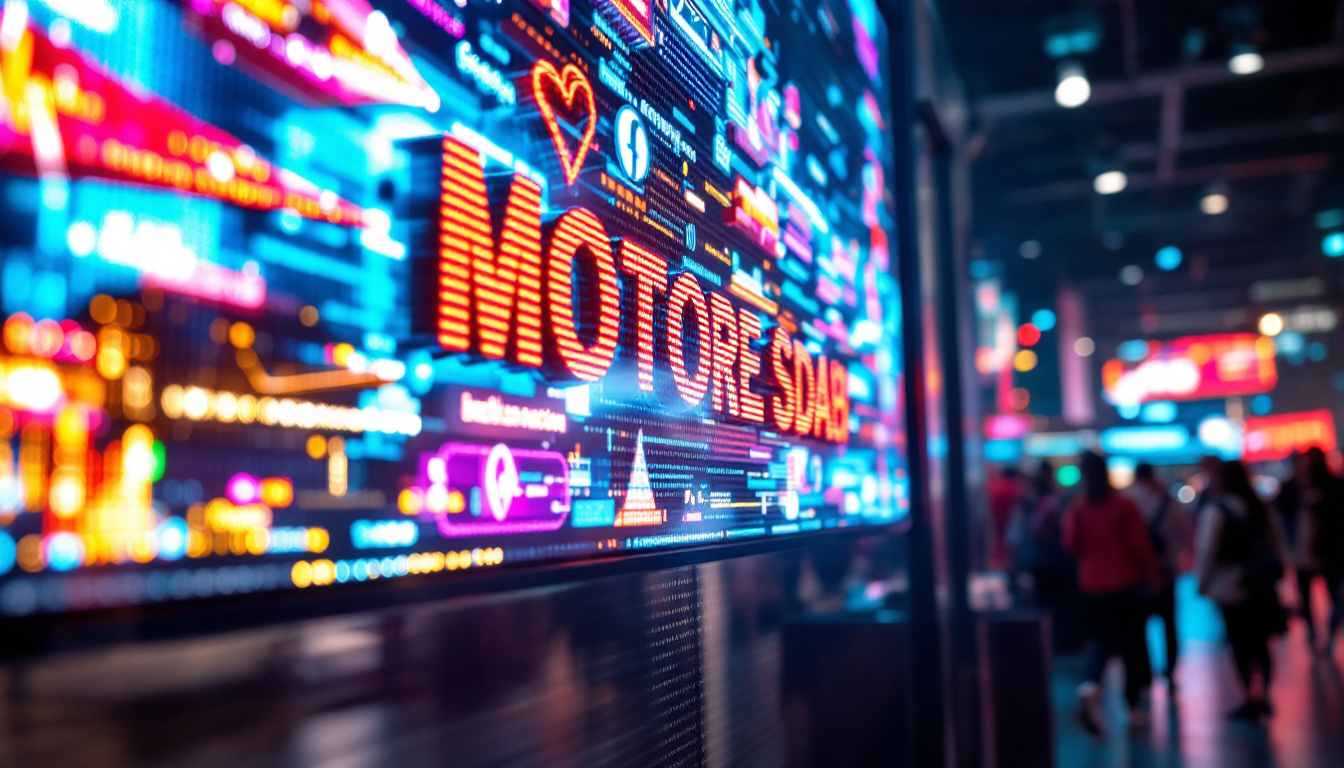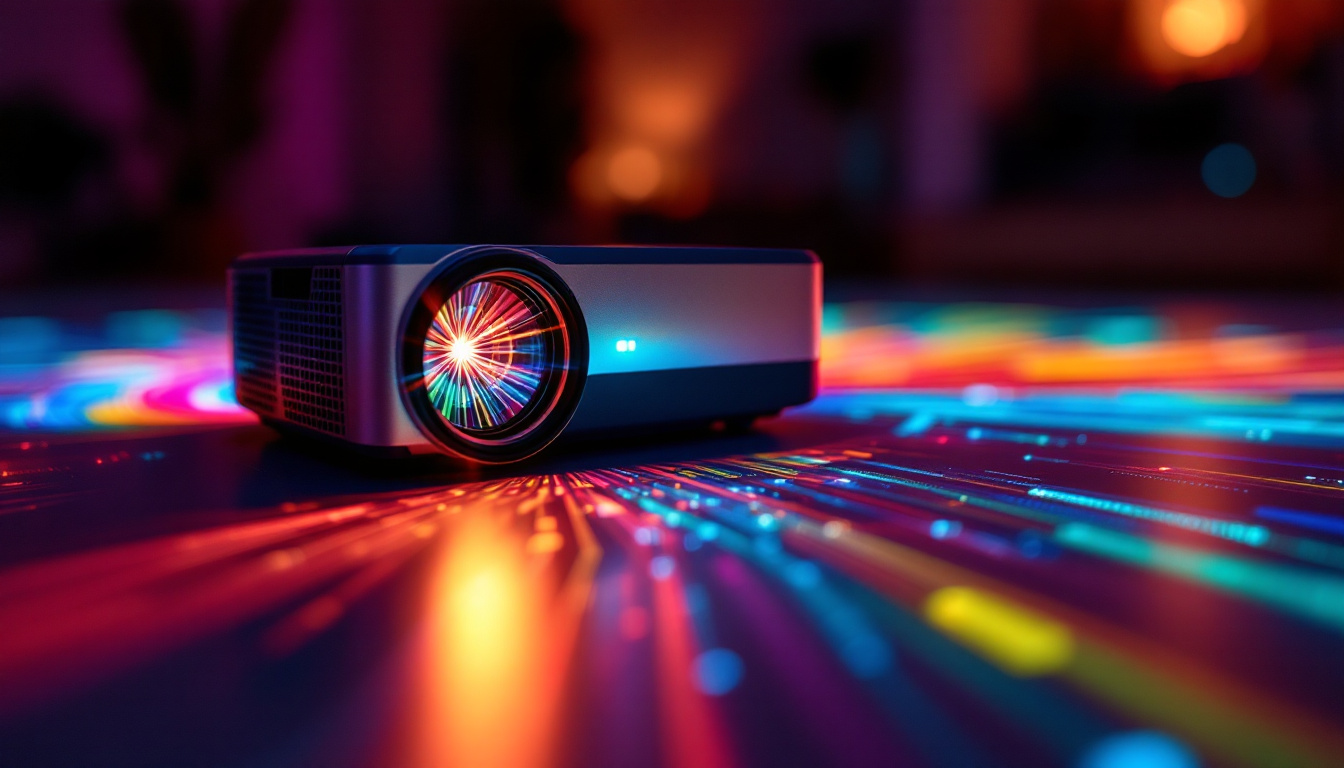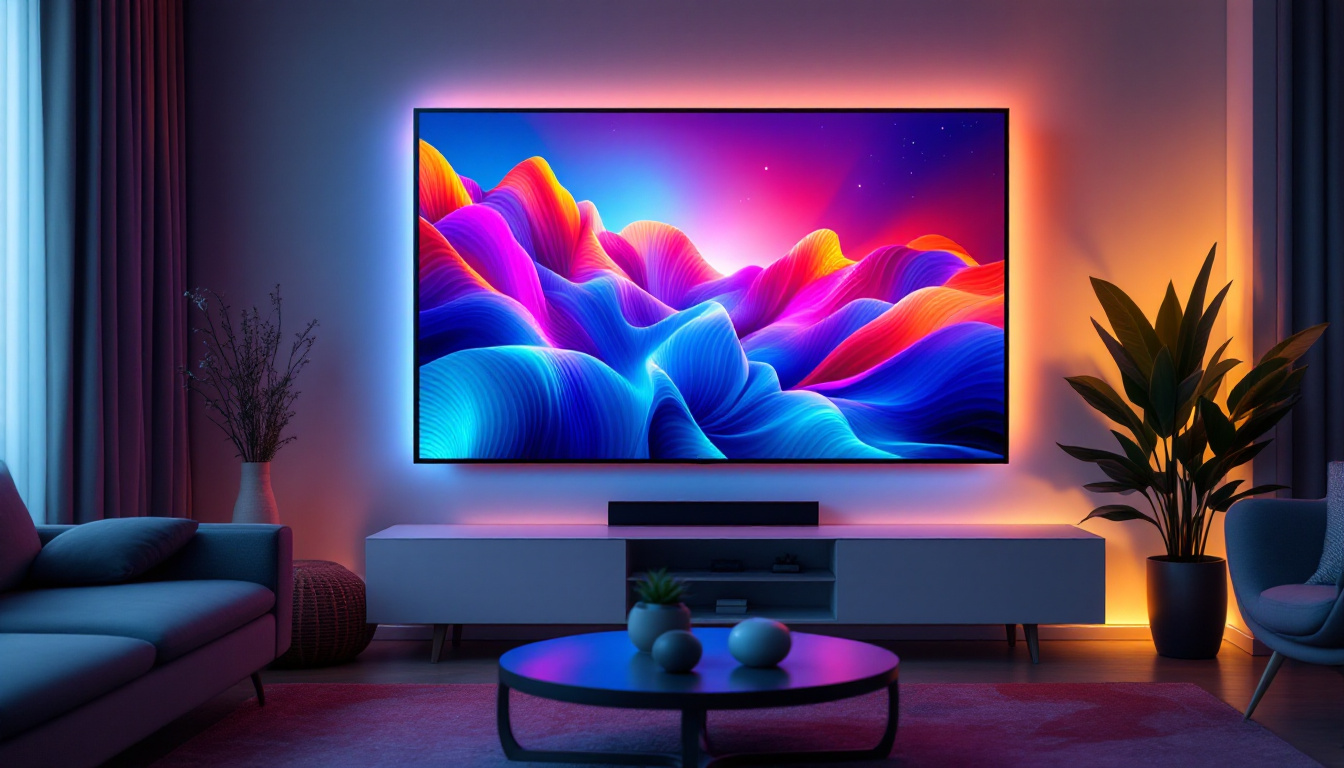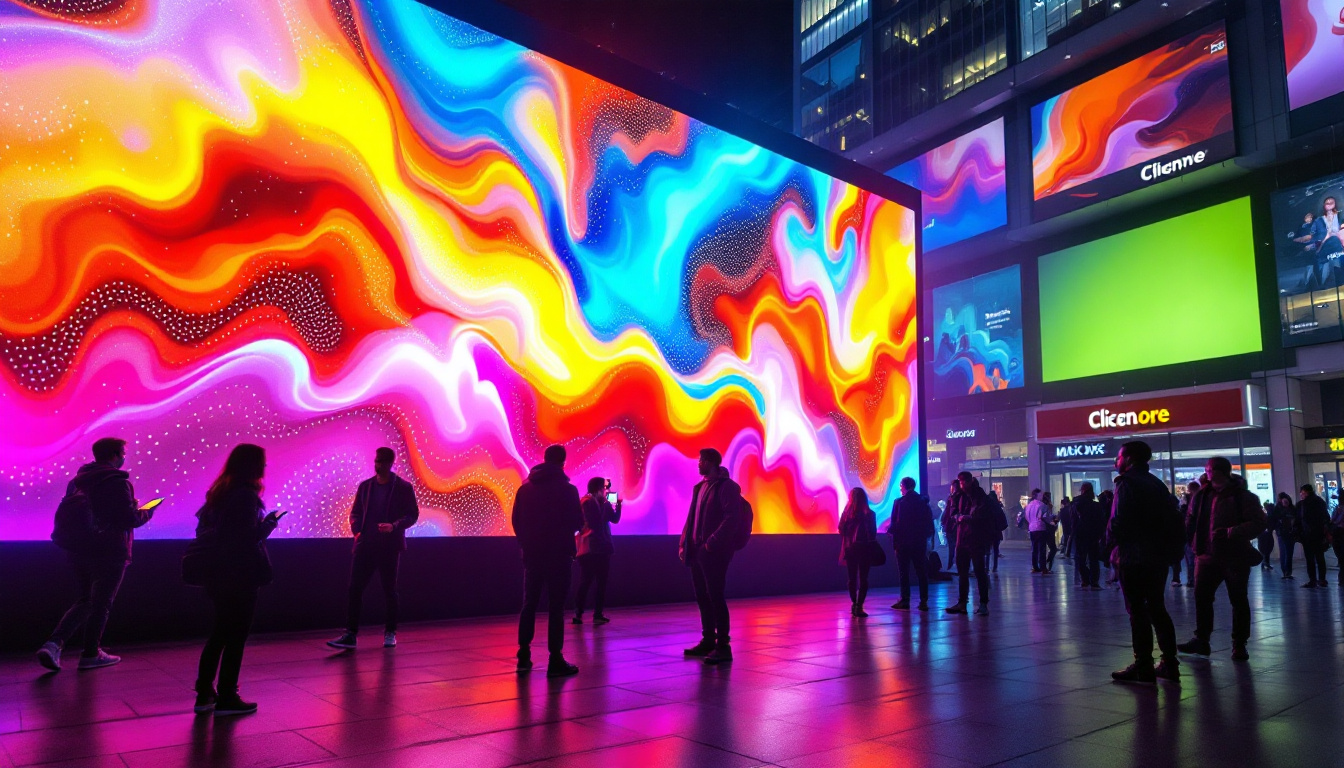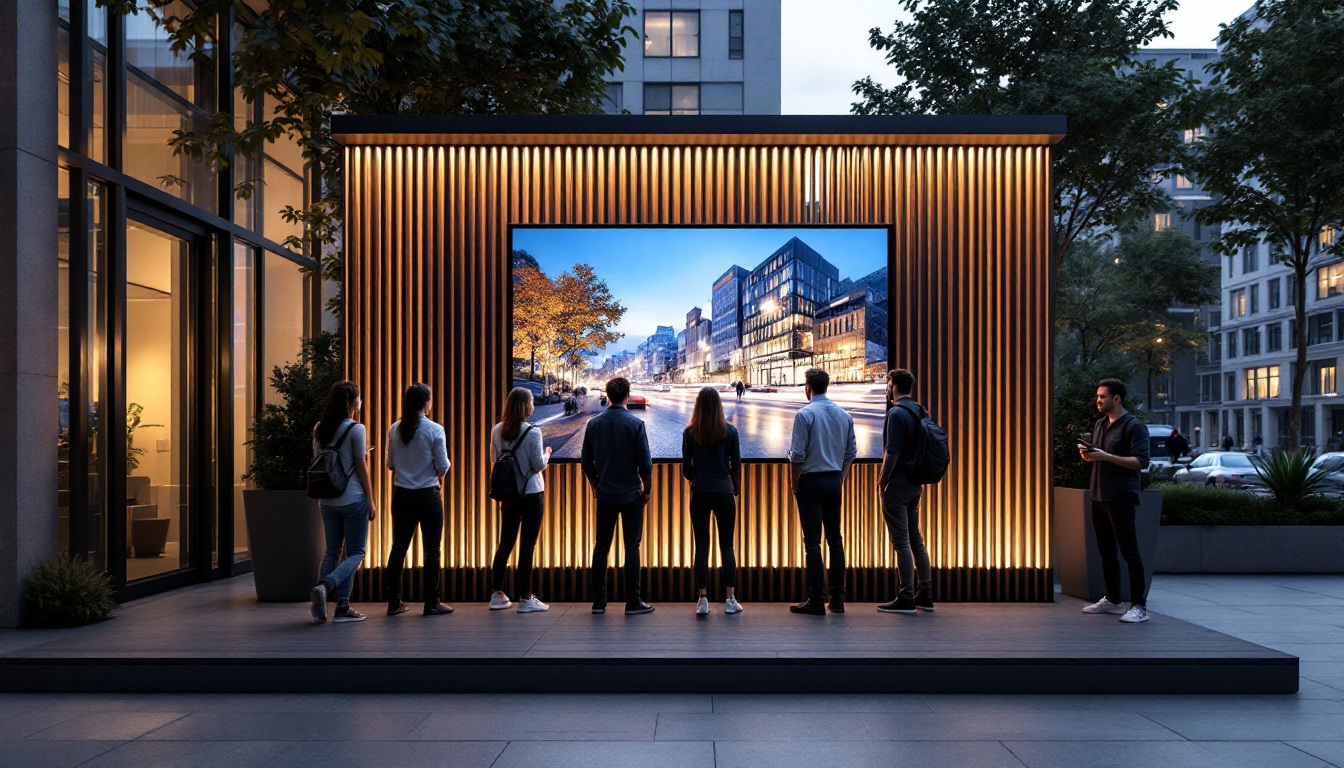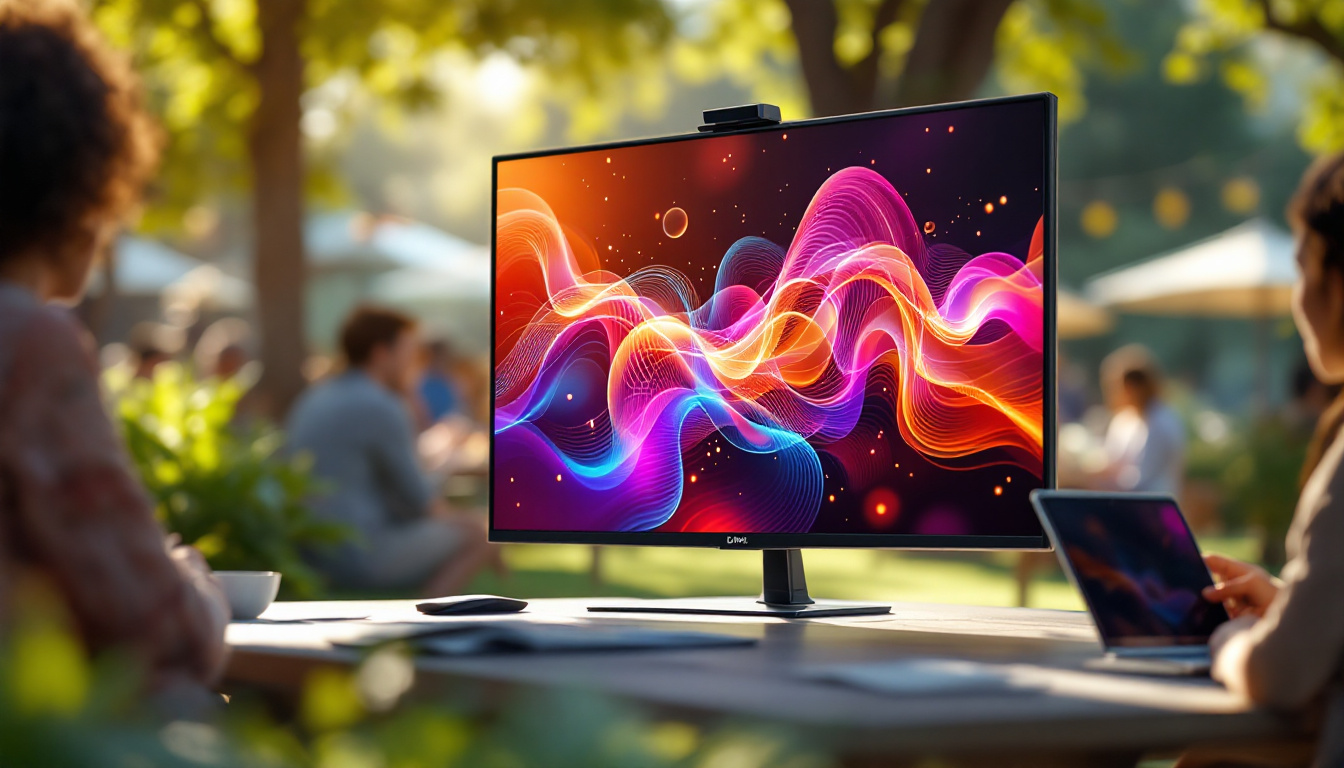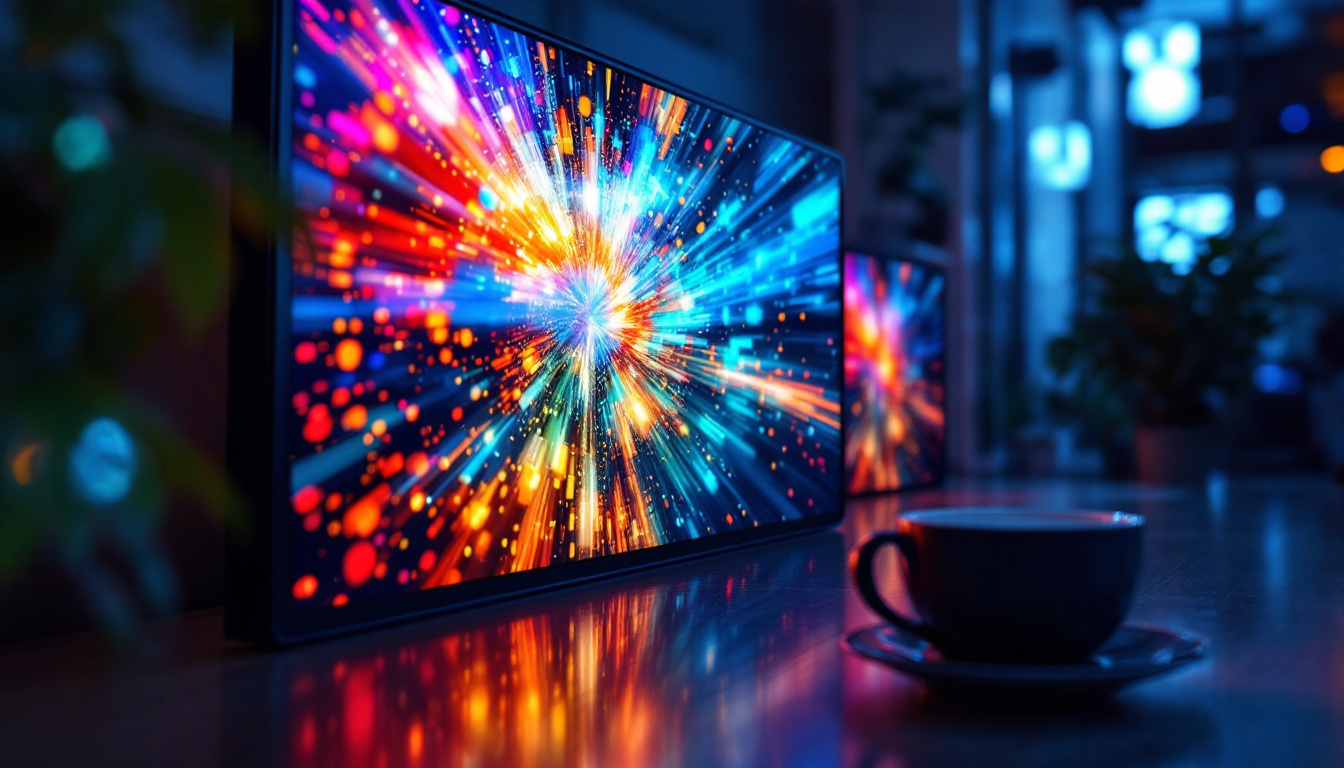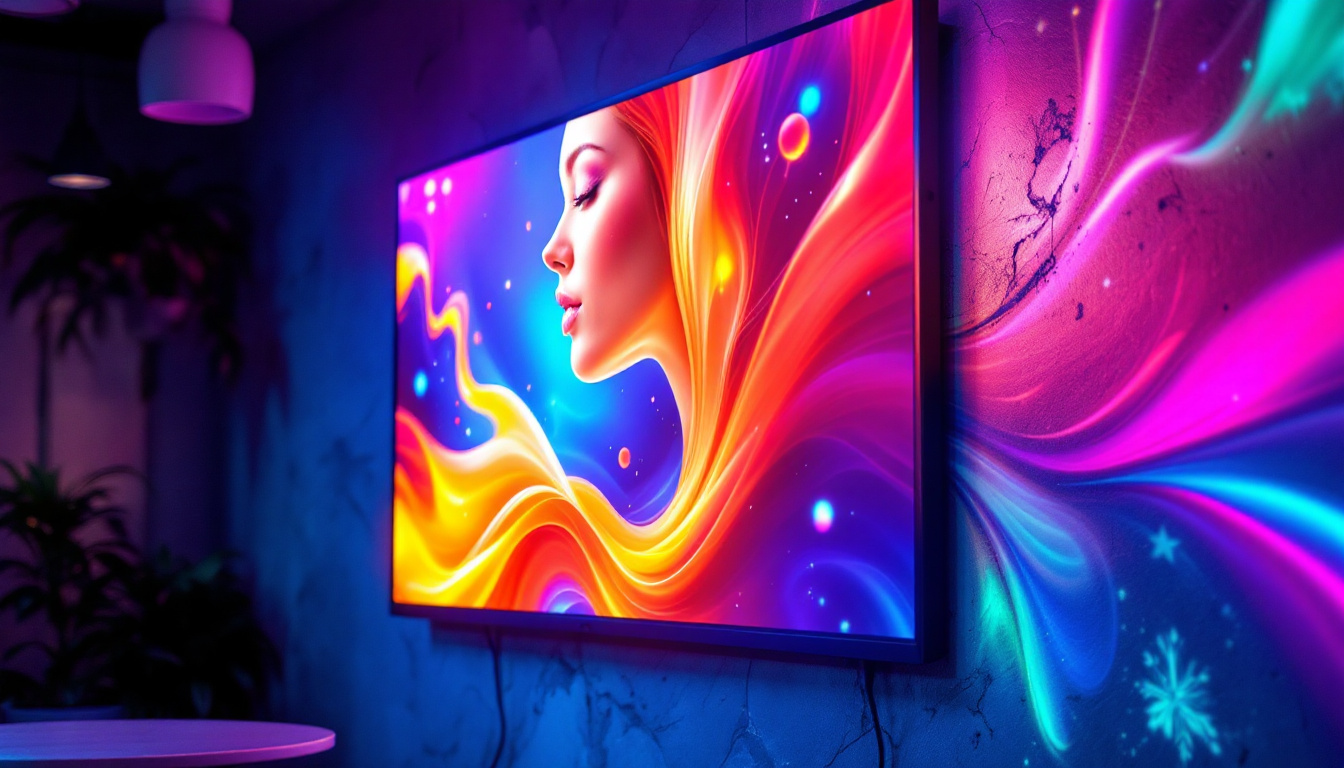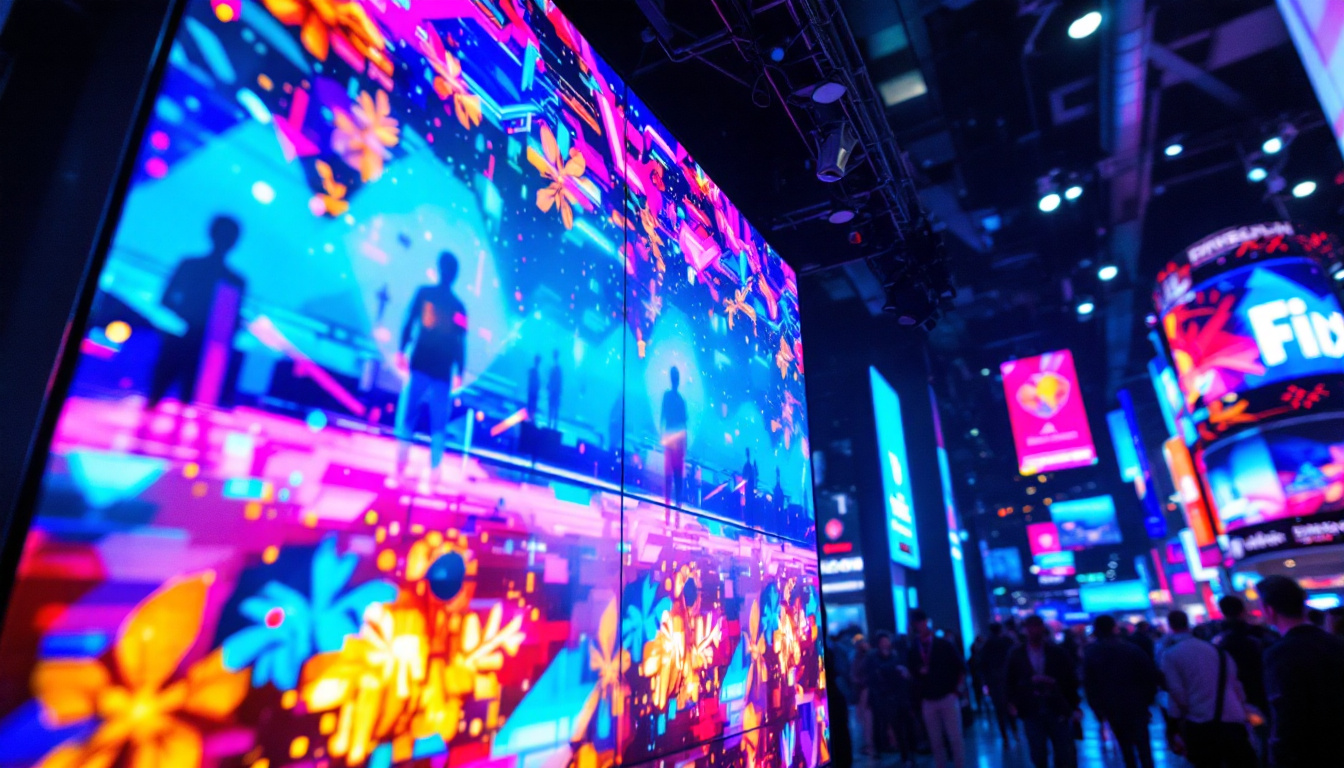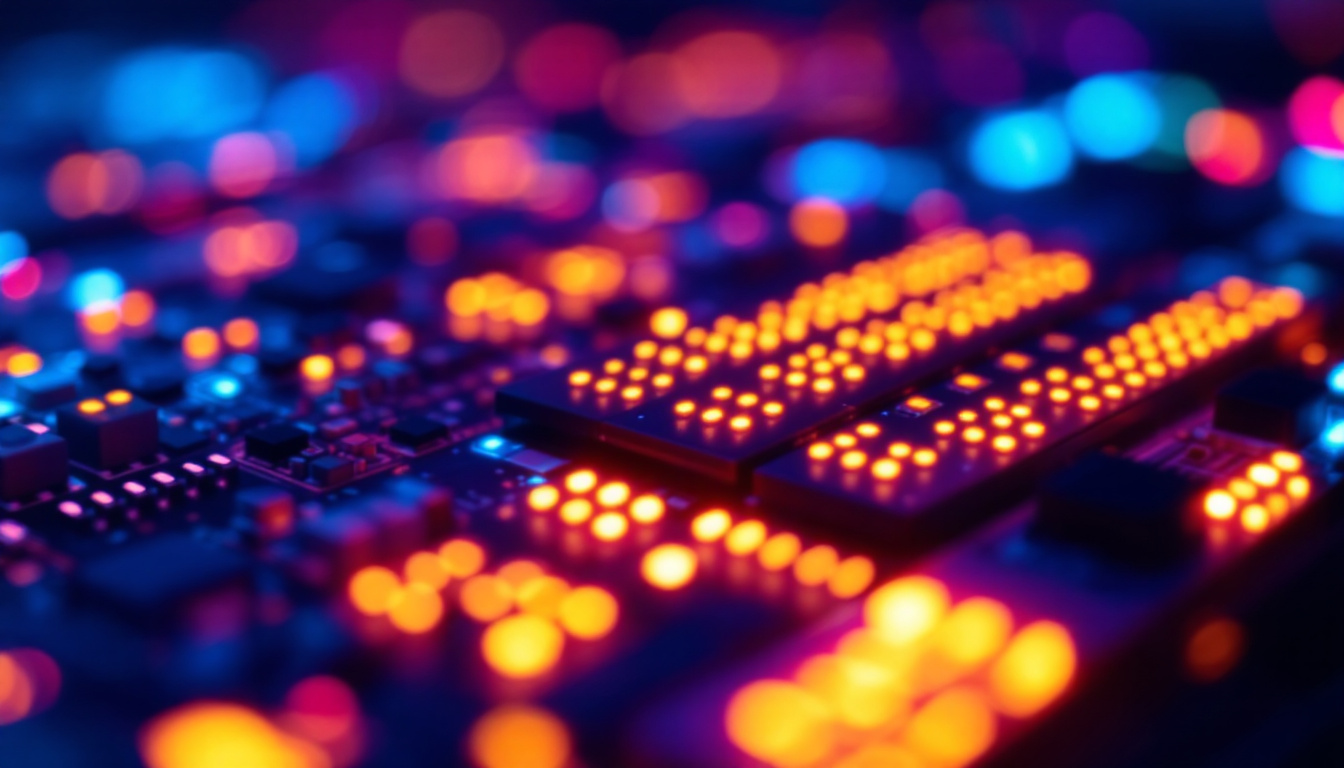The visual display unit (VDU) is an essential component of modern computing, serving as the interface between the user and the digital world. Among various types of display technologies, LED (Light Emitting Diode) displays have gained significant popularity due to their efficiency, brightness, and versatility. This article delves into the intricacies of LED displays, exploring their functionality, advantages, and applications in the realm of computers.
Understanding LED Technology
LED technology has transformed the way images and data are presented on screens. Unlike traditional display technologies such as LCD (Liquid Crystal Display) or CRT (Cathode Ray Tube), LED displays utilize semiconductor diodes to emit light. This section will explore how LED displays work and the various types available.
How LED Displays Work
At the core of an LED display is the LED itself, which emits light when an electric current passes through it. These diodes are arranged in a grid, allowing for precise control over the brightness and color of each pixel. The combination of red, green, and blue (RGB) LEDs creates a full spectrum of colors, enabling vibrant and dynamic visuals. The process of modulating the current flowing through each LED allows for the display of images and videos with remarkable clarity.
LED displays can be categorized into two main types: direct-lit and edge-lit. Direct-lit LED displays have LEDs placed directly behind the screen, providing uniform brightness across the entire surface. In contrast, edge-lit displays have LEDs positioned along the edges, using light guides to illuminate the screen. Each type has its advantages, with direct-lit displays typically offering better contrast and color accuracy. Furthermore, advancements in dimming technology have allowed for enhanced black levels and improved energy efficiency, making modern LED displays not only brighter but also more environmentally friendly.
Types of LED Displays
LED displays come in various forms, each tailored for specific applications. The most common types include:
- LED Monitors: These are widely used in personal computers and laptops, providing sharp images and vibrant colors for everyday tasks.
- OLED Displays: Organic LED displays use organic compounds to produce light, offering superior color accuracy and contrast ratios, making them ideal for high-end applications.
- MicroLED Displays: A newer technology that utilizes microscopic LEDs, providing even greater efficiency and resolution, suitable for large screens and immersive experiences.
In addition to these common types, there are also specialized LED displays designed for unique environments. For instance, outdoor LED displays are built to withstand harsh weather conditions, featuring robust casings and enhanced brightness to ensure visibility in direct sunlight. Similarly, transparent LED displays are gaining popularity in retail and advertising, allowing for eye-catching visuals without obstructing views. These innovative designs showcase the versatility of LED technology, making it applicable in a variety of settings, from home entertainment systems to large-scale public displays.
Moreover, the integration of smart technology with LED displays is paving the way for interactive experiences. Smart LED screens can connect to the internet, enabling features like real-time updates, social media integration, and even touch capabilities. This evolution not only enhances user engagement but also opens up new avenues for advertisers and content creators to connect with their audiences in more dynamic ways. As LED technology continues to evolve, the possibilities for its application seem limitless, promising exciting advancements in how we consume visual content.
Advantages of LED Displays
LED displays offer a plethora of advantages that make them a preferred choice for users across various sectors. From energy efficiency to superior image quality, these displays are revolutionizing how visual information is presented.
Energy Efficiency
One of the standout features of LED displays is their energy efficiency. Compared to traditional display technologies, LEDs consume significantly less power, resulting in lower electricity bills and a reduced carbon footprint. This efficiency is particularly beneficial for large-scale installations, such as digital signage and video walls, where multiple displays are used simultaneously. Moreover, the reduced energy consumption not only saves costs but also supports sustainability initiatives, making LED displays an environmentally friendly choice for businesses looking to enhance their green credentials.
Brightness and Color Accuracy
LED displays are known for their exceptional brightness levels, making them suitable for use in diverse lighting conditions. Whether in a dimly lit room or a brightly lit environment, LED displays maintain clarity and visibility. Furthermore, the ability to produce a wide color gamut ensures that images are vibrant and lifelike, enhancing the overall viewing experience. This is particularly important in fields such as graphic design and photography, where color accuracy is paramount. Additionally, advancements in LED technology have led to the development of high dynamic range (HDR) displays, which further elevate the contrast and depth of images, providing viewers with an immersive visual experience that captures every detail.
Longevity and Durability
LED displays have a longer lifespan compared to their LCD and CRT counterparts. With an average lifespan of 50,000 hours or more, they require less frequent replacements, resulting in lower maintenance costs. Additionally, their solid-state construction makes them more resistant to shocks and vibrations, making them ideal for mobile devices and rugged environments. This durability extends to outdoor applications as well, where LED displays are often designed to withstand harsh weather conditions, including rain, snow, and extreme temperatures. As a result, businesses can confidently install LED signage in outdoor locations, knowing that their investment will endure over time, providing consistent performance and visibility regardless of the elements.
Applications of LED Displays
The versatility of LED displays allows them to be utilized in a myriad of applications, ranging from consumer electronics to industrial uses. Their adaptability makes them a staple in various fields.
Consumer Electronics
In the realm of consumer electronics, LED displays are ubiquitous. They are found in televisions, computer monitors, smartphones, and tablets. The demand for high-definition visuals has driven manufacturers to adopt LED technology, resulting in sharper images and more immersive experiences for users.
Advertising and Digital Signage
LED displays have transformed the advertising landscape. Digital billboards and signage utilize high-resolution LED technology to capture the attention of passersby. Their bright and dynamic visuals can convey messages effectively, making them a powerful tool for marketers. Additionally, the ability to update content remotely allows for real-time promotions and advertisements.
Medical and Industrial Applications
In medical settings, LED displays are used in various devices, including monitors for patient vitals and imaging equipment. Their clarity and color accuracy are crucial for accurate diagnostics. In industrial applications, LED displays are employed in control panels and machinery, providing operators with essential data in real-time.
Comparing LED Displays with Other Technologies
While LED displays offer numerous advantages, it is essential to compare them with other display technologies to understand their unique benefits and limitations. This section will focus on how LED displays stack up against LCD and CRT technologies.
LED vs. LCD
Both LED and LCD displays utilize liquid crystal technology; however, the primary difference lies in the backlighting method. LED displays use LEDs for backlighting, while traditional LCDs rely on fluorescent lamps. This distinction results in several advantages for LED displays, including better energy efficiency, higher brightness, and improved color accuracy.
Moreover, LED displays tend to have faster response times, making them more suitable for fast-paced video content and gaming. While LCDs are still widely used, especially in budget-friendly options, the trend is shifting towards LED technology for its superior performance.
LED vs. CRT
CRT displays have largely fallen out of favor due to their bulkiness and weight. In contrast, LED displays are slim, lightweight, and more energy-efficient. CRTs also suffer from issues like screen flicker and lower resolution, which are virtually nonexistent in modern LED displays. The transition from CRT to LED has significantly enhanced the user experience, particularly in terms of image quality and ergonomics.
Future of LED Display Technology
The future of LED display technology looks promising, with continuous advancements paving the way for even more innovative applications. As technology evolves, several trends are emerging that are likely to shape the landscape of visual displays.
Advancements in Display Resolution
With the increasing demand for higher resolution displays, manufacturers are investing in technologies that enhance pixel density. 8K resolution is becoming more prevalent, providing unprecedented detail and clarity. As LED technology continues to improve, the potential for even higher resolutions, such as 16K, may soon become a reality.
Integration with Smart Technology
As the world becomes more interconnected, the integration of LED displays with smart technology is on the rise. Smart TVs and monitors equipped with artificial intelligence and internet connectivity are becoming commonplace. This integration allows for personalized content delivery and enhanced user interaction, creating a more engaging experience.
Sustainability and Eco-Friendly Practices
As environmental concerns grow, the focus on sustainable practices in display technology is becoming increasingly important. Manufacturers are exploring eco-friendly materials and production methods to minimize the environmental impact of LED displays. This shift towards sustainability will not only benefit the planet but also appeal to environmentally conscious consumers.
Conclusion
LED displays have revolutionized the way visual information is presented, offering numerous advantages over traditional display technologies. Their energy efficiency, brightness, and longevity make them a preferred choice for both consumers and industries alike. As technology continues to advance, the future of LED displays promises even greater innovations, enhancing the user experience and expanding their applications.
Understanding the intricacies of LED displays is crucial for anyone involved in technology, design, or marketing. As the demand for high-quality visuals continues to grow, LED technology will undoubtedly play a pivotal role in shaping the future of visual communication.
Explore Cutting-Edge LED Display Solutions with LumenMatrix
As you consider the future of visual communication and the role LED technology plays in it, LumenMatrix stands at the forefront of innovation. With a comprehensive range of products from Indoor and Outdoor LED Wall Displays to specialized solutions like Vehicle LED Displays and LED Sports Displays, LumenMatrix is committed to enhancing your brand’s visibility and creating immersive visual experiences. Whether you’re looking to captivate your audience with a Custom LED Display or seeking the versatility of an All-in-One LED Display, LumenMatrix has the expertise to bring your vision to life. Check out LumenMatrix LED Display Solutions today and take the first step towards transforming your visual engagement strategy.


